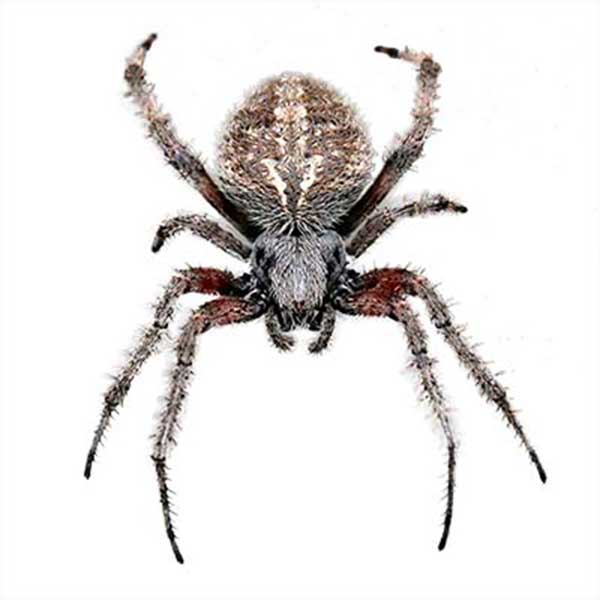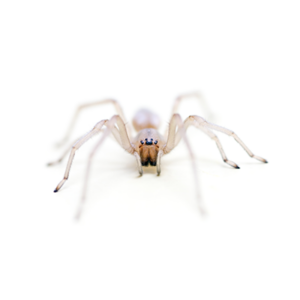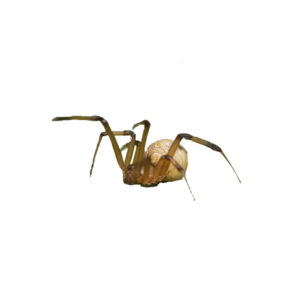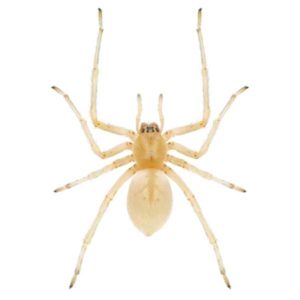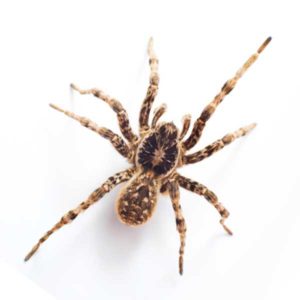Orb-Weaver Spider Identification
What Do Orb-Weaver Spiders Look Like?
Orb-weaver spiders are known for their vibrant colors and distinctive patterns. Their size can vary, but they are generally recognized by their rounded abdomens, often with unique markings or colorations. These spiders are famous for their intricate, circular webs, which are often quite large and can be found in gardens and near outdoor lights. Unsure which type of spider you are dealing with? See our common spider species to help you identify the specific spider.
Signs of an Orb-Weaver Spider Infestation
Signs of an orb-weaver spider infestation include the presence of multiple large, circular webs in and around your property. Regular sightings of these spiders, especially in gardens and near light sources, can also indicate their presence.
Habitat, Diet, Life Cycle & Bites
Where Do Orb-Weaver Spiders Live?
Orb-weaver spiders are commonly found in gardens, fields, forests, and sometimes on the exterior of buildings. They prefer areas where they can build their webs undisturbed, with a good supply of flying insects.
Diet of an Orb-Weaver Spider
Their diet consists primarily of flying insects such as flies, mosquitoes, moths, and beetles, which they catch in their webs. Orb-weavers play a significant role in controlling insect populations.
Life Cycle of an Orb-Weaver Spider
The life cycle of orb-weaver spiders involves the female laying eggs in a silken sac, often hidden near the web. Spiderlings emerge and grow through several molts before reaching maturity. Many species only live for one season.
Orb-Weaver Spider Bites
Orb-weaver spiders can bite if threatened or provoked, but this is rare. Their bites are generally harmless to humans, causing little more than minor irritation or swelling.
Are Orb-Weaver Spiders Dangerous?
Orb-weavers are generally harmless and can be a nuisance when they build large webs in places inconvenient for humans. Occasionally, they will wander into a home and build a web in a doorway or window sill. Despite their formidable appearance, orb-weaver spiders are non-aggressive and not considered dangerous.
How to Get Rid of Orb-Weaver Spiders?
Orb-weaver spiders are beneficial for controlling pests, so removal is not usually necessary. However, if their presence is unwanted, webs can be regularly cleared, and areas around lights and vegetation can be maintained to discourage them. Contact Bug Out’s professional spider control experts for safe long-term spider removal and prevention.
Orb-Weaver Spider Prevention Tips
To prevent orb-weaver spiders, keep outdoor lighting to a minimum as it attracts the insects they feed on. Regularly trim vegetation and remove any existing webs from around your property.
Need help with Orb-Weaver Spider control?
FAQs
Are Orb-Weaver Spiders Good To Have Around?
Yes, they are beneficial as they help control insect populations and are not harmful to humans or pets.
Are Common House Spiders Orb-Weavers?
Some common house spiders may be orb-weavers, especially if they spin large, circular webs.
What Is Special About Orb-Weaver Spiders?
Orb-weavers are known for their intricate and large orb-shaped webs, often built in gardens and near light sources.

